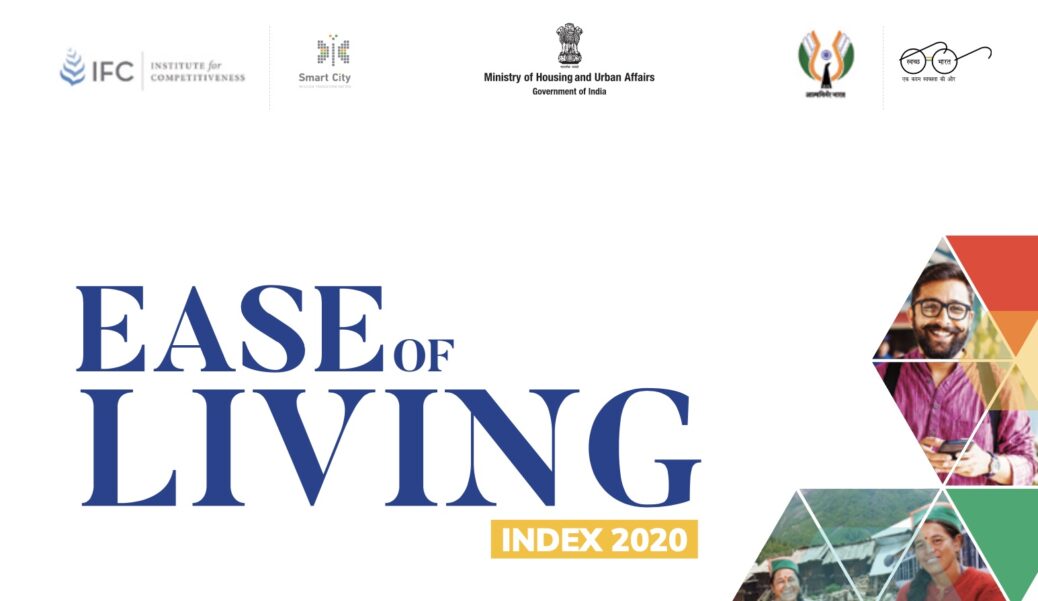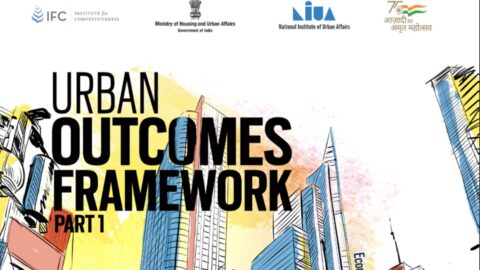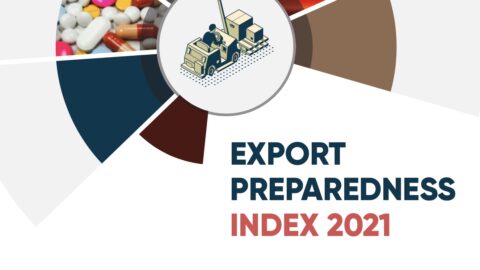The swift pace of urban expansion brings the promise of immense economic growth. It is estimated that Asia, and particularly countries like India will be at the forefront of this expansion. For Indian cities, which comprises of distinct geographies and diverse communities of people, this growth also brings extensive challenges.
The rise in the concentration of urban population vastly outpaces the capacity of local city administration catering to the needs of the people. Inadequate infrastructure, depleting resources, concentration of slums, rising poverty, and environmental degradation coupled with vast social and economic inequalities are just some of the burning issues that require immediate attention.
However, without a diagnostic tool to assess the level of development and extent of issues in India’s urban agglomerations, it becomes increasingly difficult to tackle such challenges. The Ease of Living Index 2020 presents itself as an evaluation tool that reflects the ease of living in Indian cities. It seeks to examine the impact of urban development programs and the quality of life and economic and social opportunities available to the citizens. It measures the ease of living across three pillars: Quality of Life, Economic Ability, and Sustainability. The index is further strengthened by a fourth pillar, the Citizen Perception Survey, which aims to obtain and incorporate views of the citizens regarding the services provided by their city administration.
The pillar-wise scores help cities assess their level of development and identify existing gaps that obstruct their growth. The Ease of Living Index promotes healthy competition through rankings and incentivises them to improve further and even emulate the best practices from their peer cities. Moreover, the distinction between cities with more than a million population and those with less than a million population establishes a fair comparison among cities. The measures of this index also align with the Sustainable Development Goals (SDG). It can be utilised to track the progress of cities on the Ease of Living pillars to fulfil the SDG targets set by India.
With the help of the Ease of Living Index 2020 and the release of subsequent editions of the index, policymakers, urban planners and practitioners, and urban local authorities, can use the findings and learnings to implement reforms and measures that propagate urban development, and provide a better quality of life for the people.























